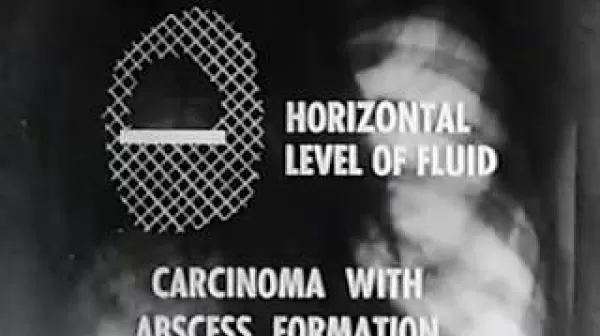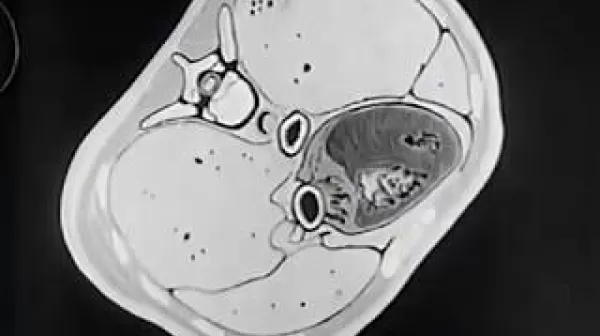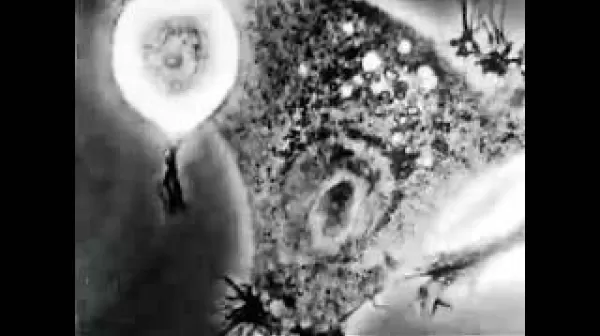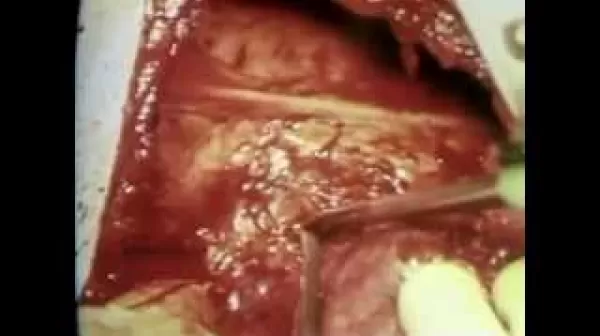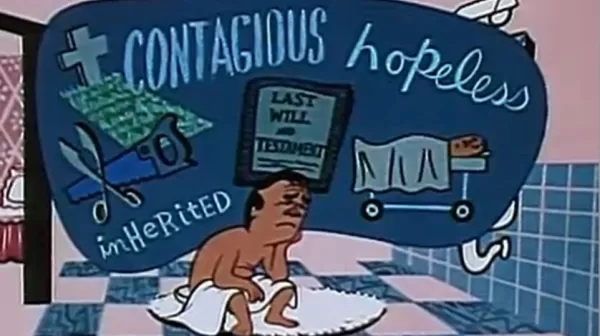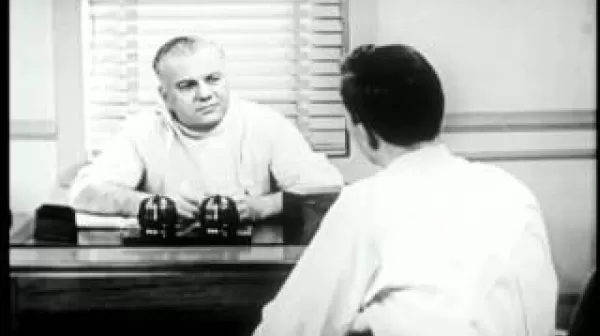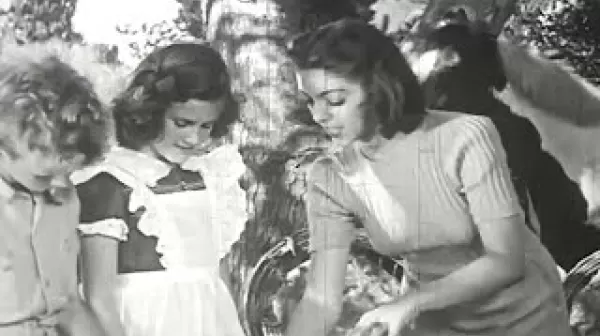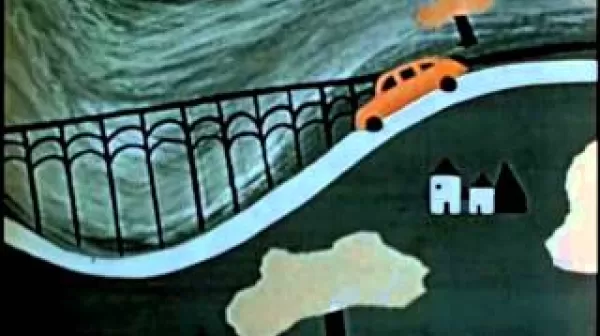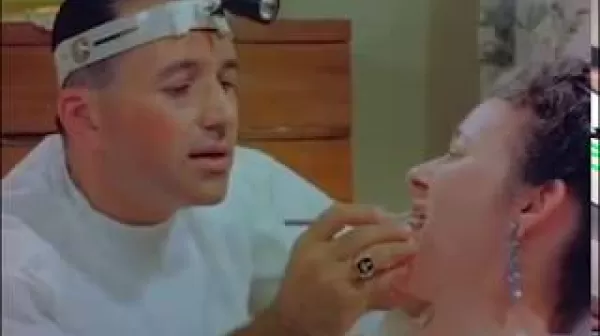Malignant Tumors of the Lungs (Assn of American Medical Colleges, 1953)
This film shows, by means of cinefluorography, the normal lungs, bronchiogenic carcinoma, carcinoma with abscess formation, metastases of seminoma, and metastases of sarcoma with bilateral spontaneous pneumothorax. Learn more about this film and search its transcript at NLM Digital Collections: http://resource.nlm.nih.gov/8700985A. Learn more about the National Library of Medicine's historical audiovisuals program at: https://www.nlm.nih.gov/hmd/collections/films

